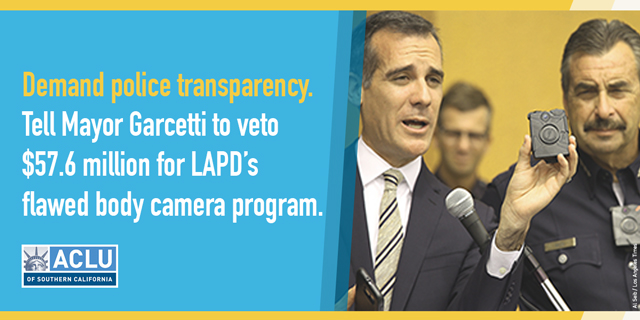Skip to main content
Date
Monday, June 27, 2016 - 1:34pm
Featured image
Show featured image
Hide banner image
Tweet Text
[node:title]
Show related content
Author:
Marcus Benigno
Menu parent dynamic listing
Style
Standard with sidebar
Date
Friday, June 24, 2016 - 11:30am
Menu parent dynamic listing
Style
Standard with sidebar
Date
Wednesday, June 22, 2016 - 3:16pm
Menu parent dynamic listing
Style
Standard with sidebar
Pages


